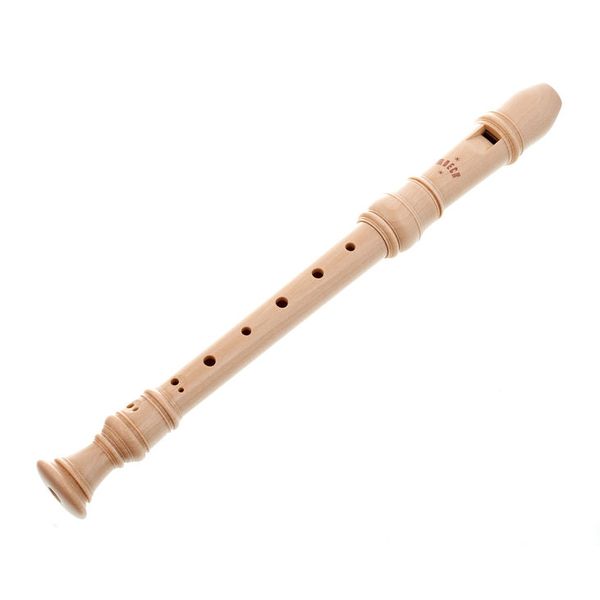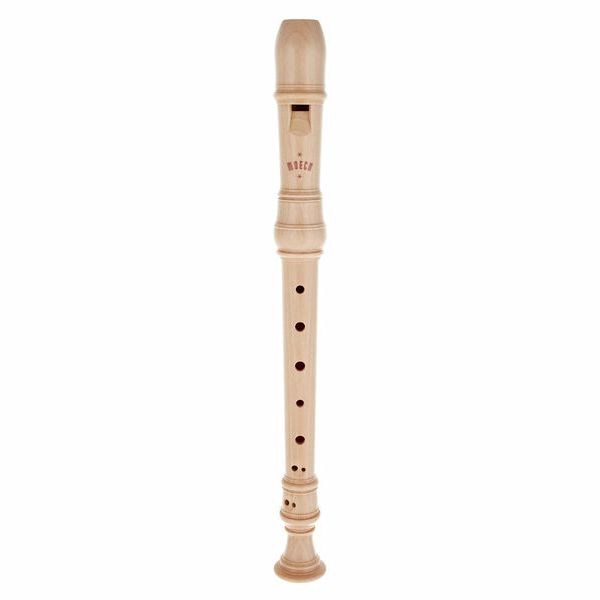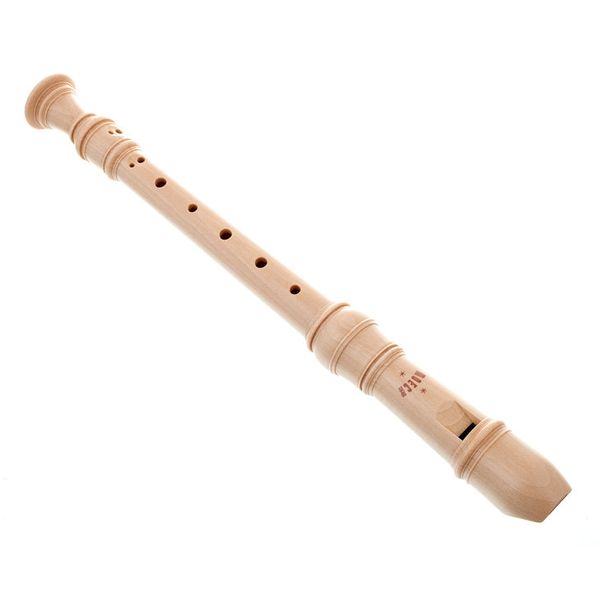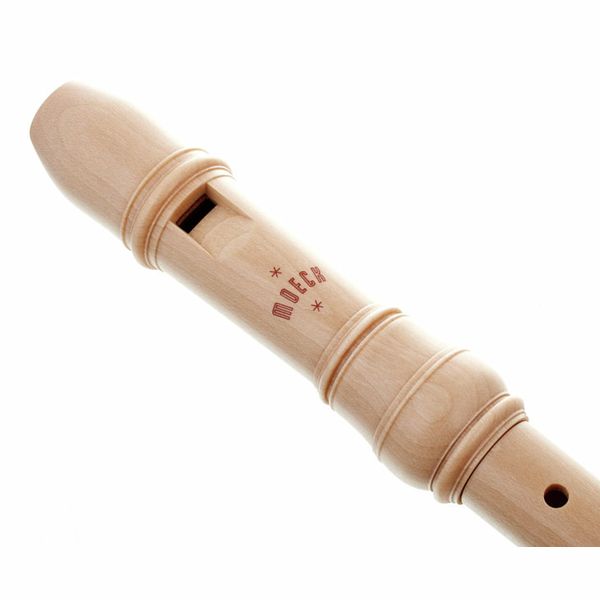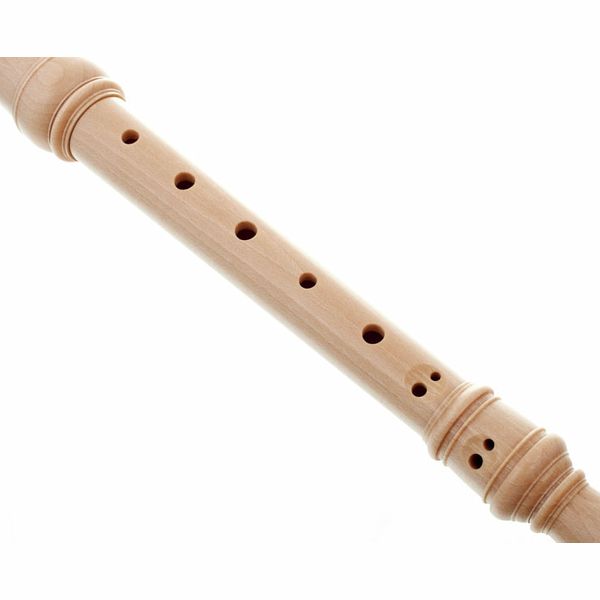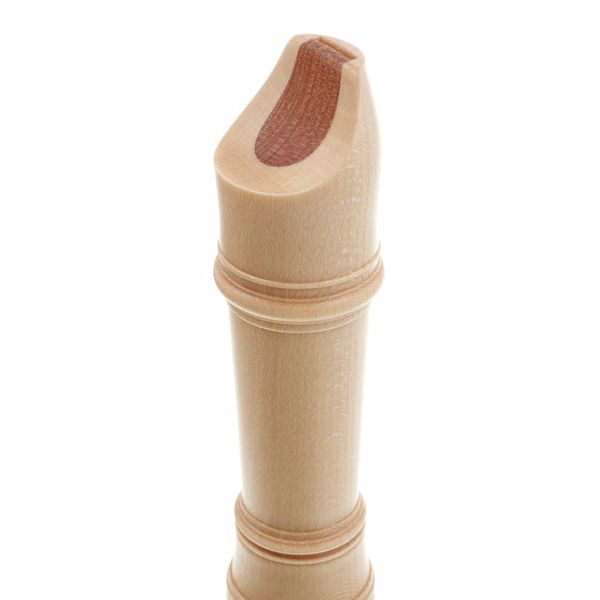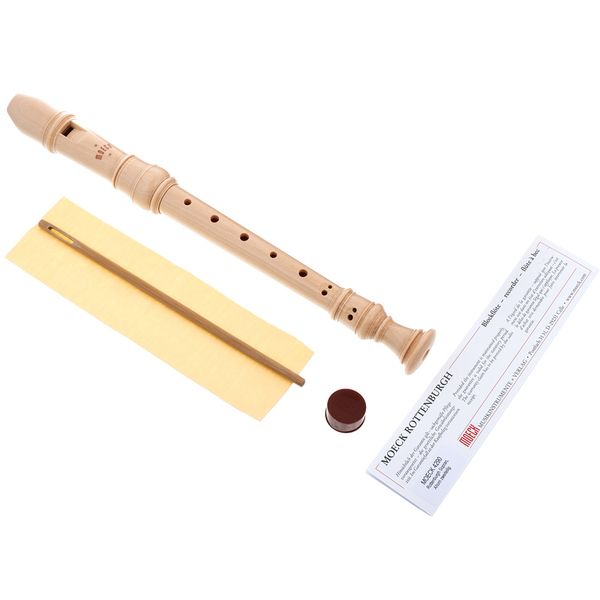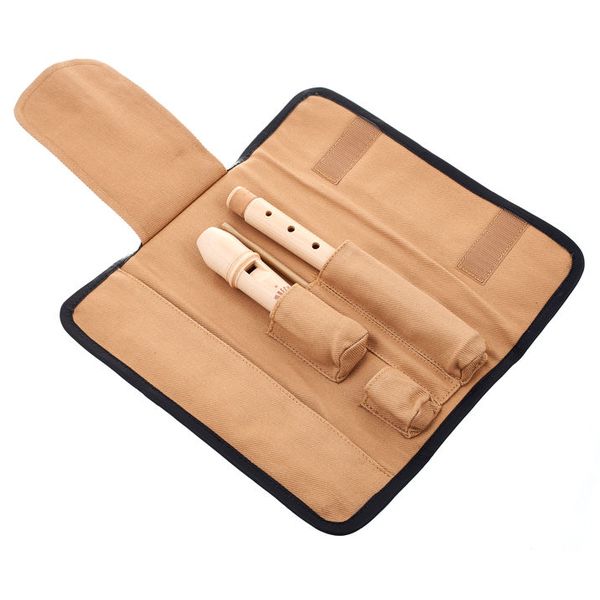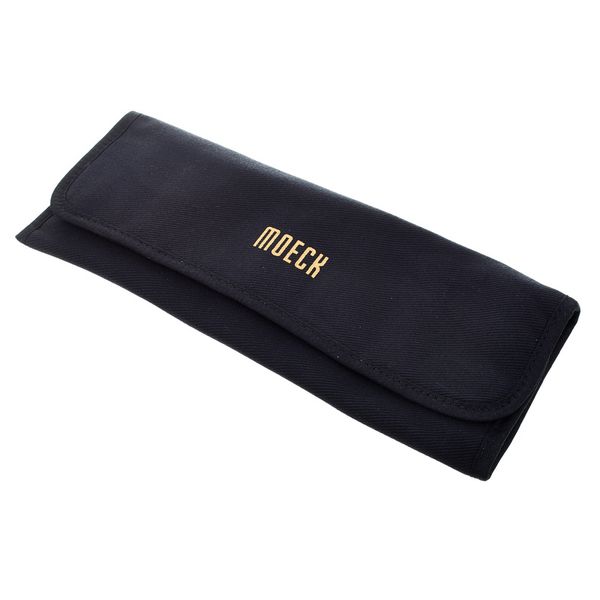Valitettavasti tapahtui virhe. Ole hyvä ja yritä uudelleen.
Recorder
Like the violin, the classical recorder also dates from the Baroque period. The cultural centres of that period were Paris, London, Amsterdam, Nuremberg and Brussels. The famous recorder maker Friedrich von Huene has examined almost all the remaining originals from this period that are being kept in museums. From the sum of his data, the Moeck Rottenburgh baroque recorders in the style of the instruments by the recorder maker Jean-Hyacinth-Joseph Rottenburgh were created.
Characterised by their brilliant pitch and modern tuning, today they are the most frequently played Baroque solo recorders available, and have proven themselves to be an especially reliable instrument.
- Body: Maple
- Baroque fingering
- Double holes
- Instrument: 2-Part
- Includes a case, cleaning rod and cloth, certificate, and fingering chart
Tallennin
Kuten viulu, myös klassinen nokkahuilu on peräisin barokin ajalta. Tuon ajan kulttuurikeskukset olivat Pariisi, Lontoo, Amsterdam, Nürnberg ja Bryssel. Kuuluisa nokkahuilunvalmistaja Friedrich von Huene on tutkinut lähes kaikki tältä ajalta jäljellä olevat alkuperäiskappaleet, joita säilytetään museoissa. Hänen tietojensa summasta syntyivät nokkahuiluvalmistajan Jean-Hyacinth-Joseph Rottenburghin soittimien tyyliset Moeck Rottenburghin barokkinauhurit.
Loistava sävelkorkeus ja moderni viritys leimaavat nykyään niitä eniten soitetuimpia saatavilla olevia barokkinauhureita, ja ne ovat osoittautuneet erityisen luotettavaksi instrumentiksi.
- Runko: Vaahtera
- Barokkisormitus
- Kaksoisreiät
- Instrumentti: 2-osainen
- Sisältää kotelon, puhdistustangon ja -liinan, todistuksen ja sormitustaulukon


